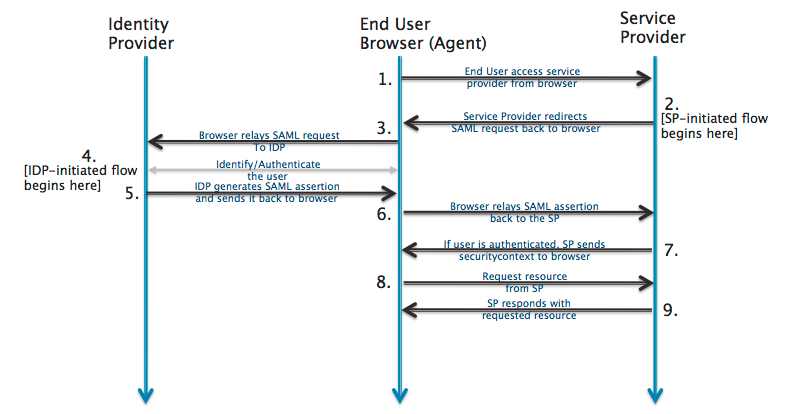
OAuth 2.0 and SAML are both open standards for authorization and authentication. However, they are designed for different use cases and have different strengths and weaknesses.
OAuth 2.0

OAuth 2.0 is an authorization framework that enables applications to obtain limited access to user accounts on an HTTP service, such as Facebook, Google, or Amazon. It works by delegating user authentication to the service that hosts the user account, and authorizing third-party applications to access the user account. OAuth 2.0 is commonly used for single sign-on (SSO) and API access.
SAML

SAML is an XML-based standard for exchanging authentication and authorization data between parties. It is used for SSO, but it can also be used to exchange other types of information, such as user attributes. SAML is more complex than OAuth 2.0, but it is also more flexible.
Key Differences
The key differences between OAuth 2.0 and SAML are as follows:
- Purpose: OAuth 2.0 is designed for authorization, while SAML is designed for authentication and authorization.
- Scope: OAuth 2.0 is typically used for granting access to specific resources, while SAML can be used for granting access to entire applications.
- Security: OAuth 2.0 is typically used with HTTPS, while SAML can use a variety of security protocols, including HTTPS, SOAP, and WS-Federation.
- Complexity: OAuth 2.0 is simpler than SAML.
Which one to use?
The best choice for you will depend on your specific needs. If you need a simple and secure way to grant access to specific resources, then OAuth 2.0 is a good choice. If you need a more flexible way to exchange authentication and authorization data, then SAML is a good choice.
Here is a table that summarizes the key differences between OAuth 2.0 and SAML:
| Feature | OAuth 2.0 | SAML |
|---|---|---|
| Purpose | Authorization | Authentication and authorization |
| Scope | Specific resources | Entire applications |
| Security | HTTPS | HTTPS, SOAP, WS-Federation |
| Complexity | Simple | Complex |
I hope this helps!